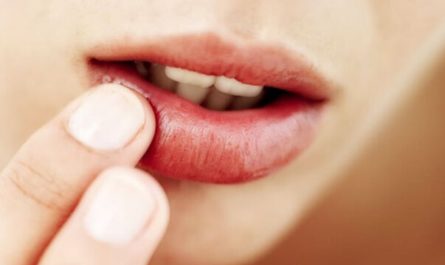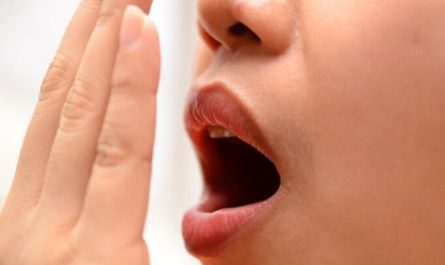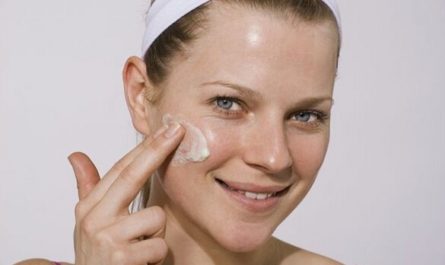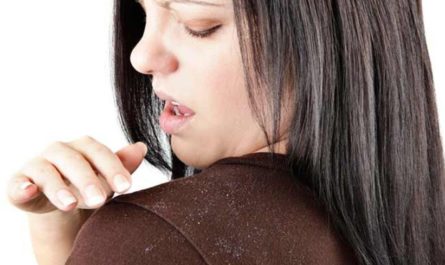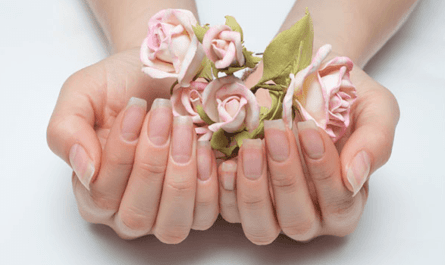Razor bumps, also known as pseudofolliculitis barbae or barber’s itch. This is a common skin irritation that occurs after shaving, especially in people with curly or coarse hair. The bumps usually appear when hair grows back into the skin instead of rising from it, causing inflammation, redness, and itching. Fortunately, there are some simple home remedies that can help alleviate the symptoms of razor bumps. This article will provide 12 best home remedies for razor bumps on the neck.
Common Causes of Razor Bumps on Neck
Here are some common causes of neck razor bumps.
- Shaving too closely: When you shave too closely, the hair can curl back into the skin, causing irritation and razor bumps.
- Ingrown hairs: Ingrown hairs occur when hair curls or grows back into the skin instead of growing out of it. This will lead to inflammation, redness, and bumps.
- Dry skin: Dry skin can make shaving more difficult and increase the chances of developing razor bumps.
- Using a dull or old razor: A dull razor can pull and tug at the hair, causing irritation and razor bumps.
- Shaving against the grain: Shaving against the direction of hair growth can increase the likelihood of developing razor bumps.
- Poor shaving technique: Not using proper shaving techniques, such as using too much pressure, can cause irritation and razor bumps.
- Lack of pre-shave preparation: Failing to properly prepare the skin and hair before shaving can contribute to razor bumps.
- Sensitivity to shaving products: Some individuals may have an allergic reaction or sensitivity to certain shaving creams, gels, or aftershaves, leading to razor bumps.
- Hormonal changes: Hormonal fluctuations can affect hair growth patterns and make razor bumps more likely.
Genetics: Some individuals may be more prone to developing razor bumps due to their genetic makeup.
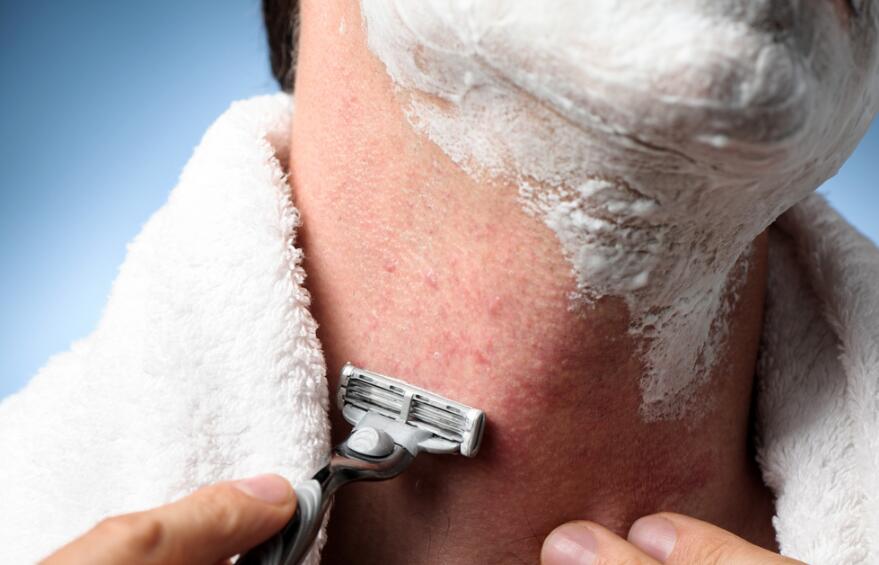
12 Home Remedies For Razor Bumps on Neck
1. Aloe Vera
Aloe vera has antibacterial, soothing, moisturizing, and anti-inflammatory properties. It can help quickly stop itchiness, inflammation, and redness caused by razor bumps. The gel inside the aloe vera leaf contains compounds like anthraquinones, polysaccharides, and glycoproteins that can help promote healing.
To use aloe vera for razor bumps, start by removing the gel from inside a fresh aloe vera leaf. You can do this by cutting off the outer skin of the leaf and scooping out the clear, jelly-like substance inside.
Apply the gel directly to the affected areas, making sure to cover all of the bumps and irritated skin. Let the gel dry for at least 30 minutes before rinsing it off with cool water. Repeat this process a few times a day as needed until the razor bumps have healed.
If you don’t have access to fresh aloe vera leaves, you can also use store-bought aloe vera gel. Look for a product that contains a high percentage of pure aloe vera. Try to avoid gels with added fragrances, colors, or alcohol, as these can further irritate the skin.
2. Tea Tree Oil
Tea tree oil is another natural remedy that can be effective in treating razor bumps. This essential oil has antibacterial, anti-inflammatory, and antiseptic properties. It can help open up pores, loosen ingrown hairs, and soothe redness and inflammation.
You can start by mixing 10-15 drops of pure tea tree oil into a bowl of warm water. Soak a clean washcloth in the mixture and apply it to your neck for 30 minutes.
The warm water will help open up the pores and allow the tea tree oil to penetrate the skin more effectively. Repeat this process a few times a day until the razor bumps have healed.
If you have sensitive skin, you need to dilute the tea tree oil further by adding more water to the mixture. You can also try applying a small amount of tea tree oil directly to the razor bumps using a cotton swab or pad. However, be sure to do a patch test first to make sure you don’t have an allergic reaction to the oil.
3. Exfoliating Scrub
Gently exfoliating the skin can help clear away dead skin cells that may be clogging pores and trapping hairs. This can help prevent razor bumps on the neck from forming.
To make a simple exfoliating scrub at home, mix equal parts sugar and olive oil until a paste forms. Gently rub the scrub over the affected area in a circular motion for a few minutes. Rinse off the scrub with warm water and pat the skin dry with a clean towel. Repeat this process 1-2 times per week to help keep the skin clear and smooth.
You can also use a store-bought exfoliator if you prefer. Look for a product that contains gentle exfoliating ingredients like jojoba beads, oatmeal, or fruit enzymes. Avoid scrubs with harsh ingredients like walnut shells or apricot kernels, as these can be too abrasive for sensitive skin.
4. Warm Compress
A warm compress can help soften the skin, open pores, and draw out ingrown hairs. This simple remedy can be especially effective when combined with other treatments like gentle brushing.
You can soak a clean washcloth in warm water. Wring out the excess water and apply the compress to the affected area for 10 minutes. Repeat this process 3 times per day until the razor bumps have healed.
You can also try steaming the affected area in a hot shower or bath. The steam will help open up the pores and soften the skin. Just be sure not to stay in the hot water for too long, as this can dry out the skin and make irritation worse.
5. Baking Soda Paste
Baking soda is a natural exfoliant that can help soothe irritated skin and reduce inflammation. When mixed with water to form a paste, baking soda can be applied directly to razor bumps to help speed up healing.
To make a baking soda paste, mix 1 tablespoon of baking soda with 1 cup of lukewarm water until a thick paste forms. Apply a thin layer of the paste to the affected skin and let it dry for 20 minutes before rinsing thoroughly with cool water.
Repeat this process twice a day until the razor bumps have cleared up. Baking soda can be drying to the skin, so be sure to follow up with a moisturizer after using this remedy.
6. Calendula Cream
Calendula is a flowering plant that has been used for centuries to treat a variety of skin conditions. It can help reduce inflammation, heal rashes, and promote wound healing.
Calendula works by stimulating collagen production in the skin to soothe and hydrate irritated areas. It also has antimicrobial properties that can help prevent infection in open wounds or cuts.
To use calendula cream for razor bumps, start by cleaning the affected area with mild soap and water. Pat the skin dry with a clean towel, then apply a thin layer of calendula cream directly to the bumps. Repeat this process once or twice per day until the razor bumps have healed.
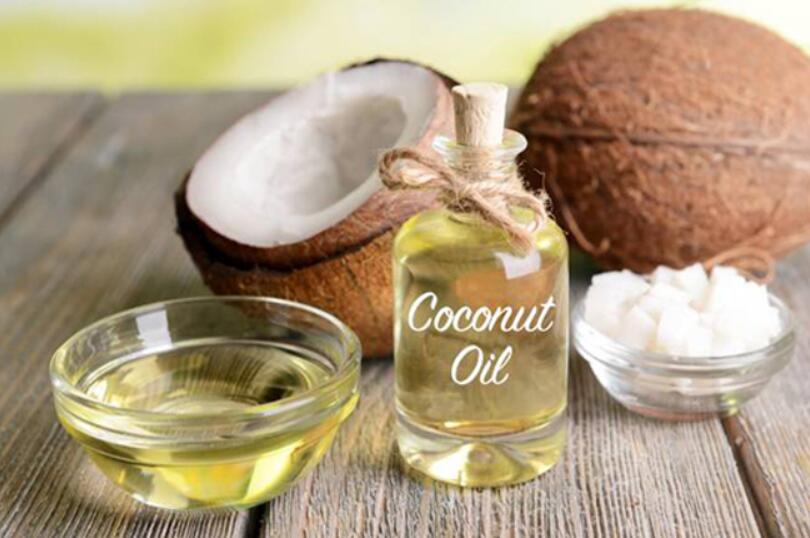
7. Coconut Oil
Coconut oil is a natural moisturizer that can help soothe and heal irritated skin. It contains fatty acids like lauric acid and capric acid that have anti-inflammatory and antimicrobial properties.
To use coconut oil for razor bumps, start by choosing an expeller-pressed, virgin coconut oil. This type of coconut oil is minimally processed and retains more of its natural nutrients and benefits. You can apply a thin layer of coconut oil directly to the affected area as needed to moisturize and soften the skin.
8. Sweet Almond Oil
Sweet almond oil is another natural moisturizer that can help soothe and heal razor bumps. It contains vitamin E, which has anti-inflammatory properties, and fatty acids that help to hydrate the skin.
To use sweet almond oil for razor bumps, apply a small amount of the oil directly to the affected area as needed. You can use sweet almond oil alone or combine it with other oils like coconut oil or jojoba oil for added benefits.
Sweet almond oil is generally safe for most people. But if you have a nut allergy, you should avoid using this remedy. You can also do a patch test first to make sure you don’t have a sensitivity to the oil.
9. Gentle Brushing
Using a soft brush, like a toothbrush or face brush, can help remove dead skin and debris clogging pores. Brushing also trains the hair to grow in one direction, making ingrowns less likely.
To use gentle brushing for razor bumps, start by choosing a soft-bristled brush that won’t irritate the skin. A clean toothbrush or a soft facial brush can work well. Gently brush the affected area in a circular motion for a few minutes. Be careful not to apply too much pressure. Repeat this process once per day until the razor bumps have healed.
You can also try combining gentle brushing with other remedies like warm compresses or exfoliating scrubs for even better results. Just be sure not to overdo it, as too much brushing can irritate the skin and make razor bumps worse.
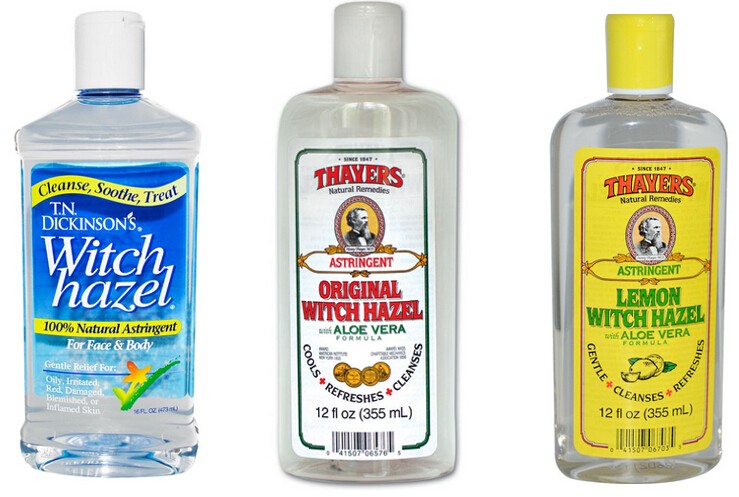
10. Witch Hazel
Witch hazel is a natural astringent that contains tannins, which have anti-inflammatory properties. It can help soothe irritation and reduce redness associated with razor bumps.
To use witch hazel for razor bumps, apply a small amount of the liquid directly to the affected area using a cotton pad or ball. Gently dab the witch hazel onto the bumps and let it dry completely before applying any other products. Repeat this process as needed to help relieve pain and redness.
Witch hazel is generally safe for most people. You can also look for witch hazel products that are alcohol-free, as alcohol can be irritating to the skin.
11. Hydrocortisone Cream
Hydrocortisone cream is an over-the-counter medication. It can help reduce inflammation and irritation caused by razor bumps. It works by suppressing the immune system response that causes redness and swelling.
To use hydrocortisone cream for razor bumps, start by cleaning the affected area with mild soap and water. Pat the skin dry, then apply a thin layer of the cream directly to the bumps. Rub the cream in gently until it is fully absorbed, then wash your hands thoroughly.
Use hydrocortisone cream as directed on the package, usually no more than twice per day. If you don’t see improvement within a week. If you experience any side effects like burning, stinging, or further irritation, discontinue use and consult with a doctor.
It’s important to note that hydrocortisone cream should only be used for short periods. This is because long-term use can cause skin thinning and other adverse effects.
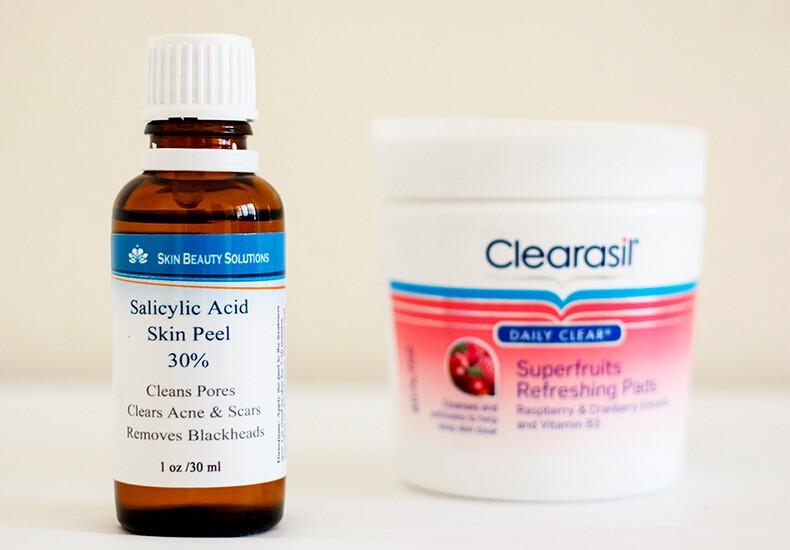
12. Salicylic Acid
Salicylic acid is a type of beta-hydroxy acid (BHA) that can help exfoliate the skin and prevent razor bumps on the neck. It works by dissolving the keratin that binds dead skin cells together. This allows them to be easily removed from the surface of the skin.
To use salicylic acid for razor bumps, look for over-the-counter products like creams, serums, or cleansers that contain this ingredient. Start with a low concentration (around 0.5-1%) and gradually work your way up if needed. Apply the product to clean, dry skin once or twice per day.
It’s important to note that salicylic acid can be drying and irritating to some people, especially those with sensitive skin. If you experience any redness, itching, or burning, discontinue use immediately and consult with a doctor.
Tips for Preventing Razor Bumps on Neck
While home remedies can be effective for treating razor bumps on the neck, the best way is to prevent it from happening. Here are some tips for preventing razor bumps on the neck:
- Shave in the direction of hair growth: Shaving against the grain can cause the hair to be cut too short and increase the risk of ingrown hairs. Instead, shave in the same direction that your hair grows using light, short strokes.
- Don’t shave too close: Shaving too close to the skin can increase the risk of razor bumps. Try using a single-blade razor or an electric trimmer instead of a multi-blade razor. Avoid going over the same area multiple times.
- Use a sharp, clean razor: A dull or dirty razor can irritate the skin and increase the risk of razor bumps. Be sure to use a sharp, clean razor every time you shave.
- Apply a moisturizing shave cream or gel: Look for products that contain soothing ingredients like aloe vera or glycerin. Let the product sit on your skin for 1-2 minutes before shaving to soften the hair.
- Shave in the shower or after a warm compress: Shaving in the shower or after holding a warm compress on the skin can help soften the hair and open up the pores. This makes for a smoother, closer shave with less irritation.
- Rinse thoroughly with warm water: After shaving, be sure to rinse your skin thoroughly with warm water to remove any remaining shaving cream or gel. This will help prevent irritation and keep your pores clear.
- Exfoliate regularly: Exfoliating the skin once or twice per week can help remove dead skin cells and prevent them from clogging pores and trapping hairs.
- Consider alternative hair removal methods: If you have tried all of the above tips without success, it may be worth considering alternative hair removal methods like depilatory creams, waxing, or laser hair removal. These methods can be less irritating to the skin and may provide longer-lasting results.

